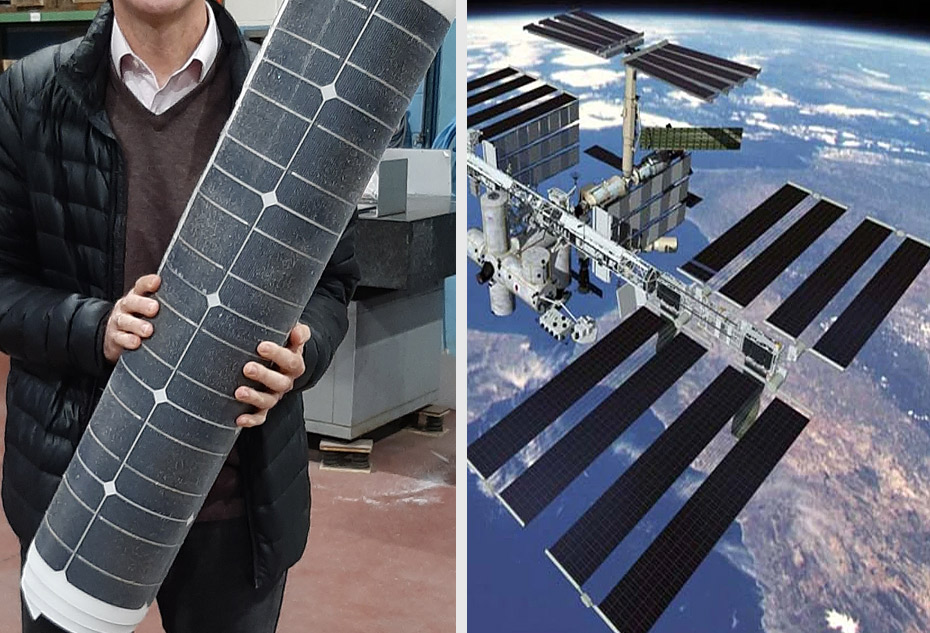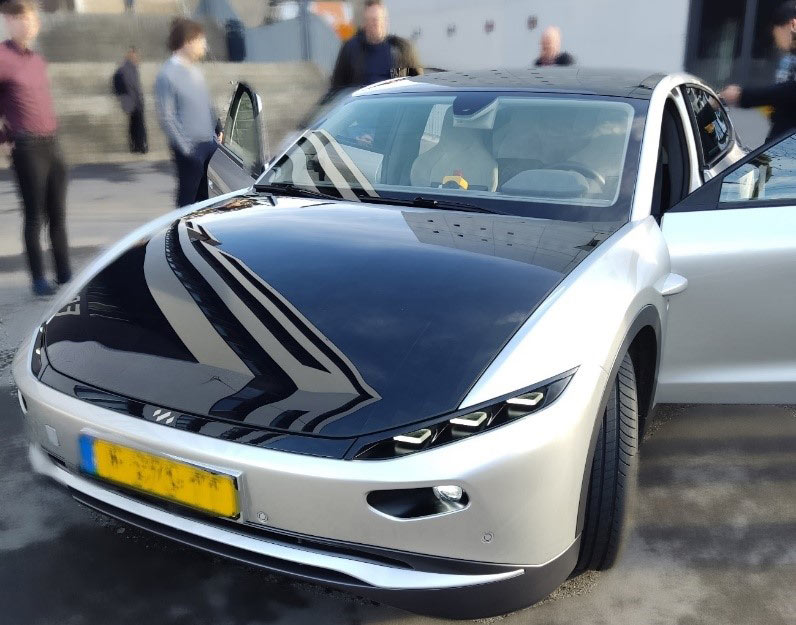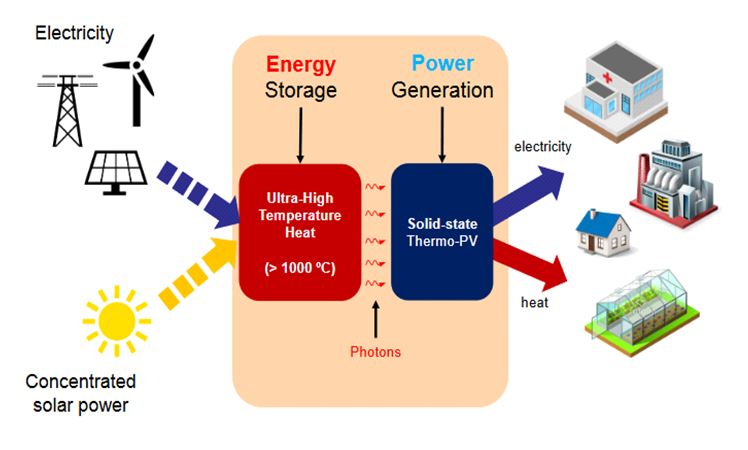Photovoltaic modules are manufactured so that they can continue to generate electricity decades after their manufacture, which is why until now efforts have been focused on using materials and processes that make the product as robust as possible, without thinking on facilitating their recycling at the end of their useful life.
With the rapid increase in photovoltaic installations, the concern for the sustainability of industrial processes and the promotion of the circular economy, module recycling has become an important aspect, for which the sector is preparing itself.
Some conservative estimates put the PV power to be retired in 2030 at 18 GW (approximately 8 million tons of modules), rising to 630 GW and 80 million tons in 2050.
There are some initiatives for module recycling in Europe and elsewhere in the world, initially focused on glass and aluminum frame recovery, which is sufficient to meet the European Waste Electrical and Electronic Equipment directive requirement of recovering/recycling 85/80% of the module weight. But it is not so clear how to efficiently process the matrix of solar cells and metal contacts embedded in plastic, nor the techno-economic conditions that would make its recycling cost-effective.
But if the silver in the metal contacts could be recovered, it would significantly reduce the pressure on the production of such a valuable component. And if the silicon contained in these modules could be reused, the energy required in the manufacture of solar cells could be reduced by more than 60%, thus further minimizing the low greenhouse gas emissions associated with this manufacturing process.
An open question is at which step in the solar cell manufacturing chain to “re-inject” the recovered high-quality silicon. In principle, from an environmental point of view, it would be best to reuse the solar cells or at least the wafers, but it seems very difficult to recover them without breaking, in addition to the difficulty imposed by the continuous evolution of solar cell technology to ensure compatibility with current products. Research efforts are therefore concentrating on either studying the conditions for recrystallizing the recovered silicon or repurifying it by low-cost means. Experiments to validate the correct optoelectronic performance of recycled silicon from recycled wafers have been carried out at the Solar Energy Institute and published in the journal Solar Energy.
Nor should we lose sight of the option, complementary to recycling and prior to it, of extending the useful life of modules that, although they have suffered degradation, can still provide service in less demanding applications from the point of view of productivity, such as domestic use or in small production plants, for which appropriate characterization protocols must be established to guarantee their correct operation during this second life.
References:
- M. Peplow, Solar Panels Face Recycling Challenge, ACS Central Science (2022), 8, 3, 299-302, https://doi.org/10.1021/acscentsci.2c00214.
- IM. Peters et al., Cradle-to-cradle recycling in terawatt photovoltaics: A vision of perpetual utility, Joule (2024), https://doi.org/10.1016/j.joule.2024.01.025.
- M. Tierno et al., Validation of recycling processes for demetallisation and recrystallisation of silicon solar cells, aceptado por Solar Energy (2024).




